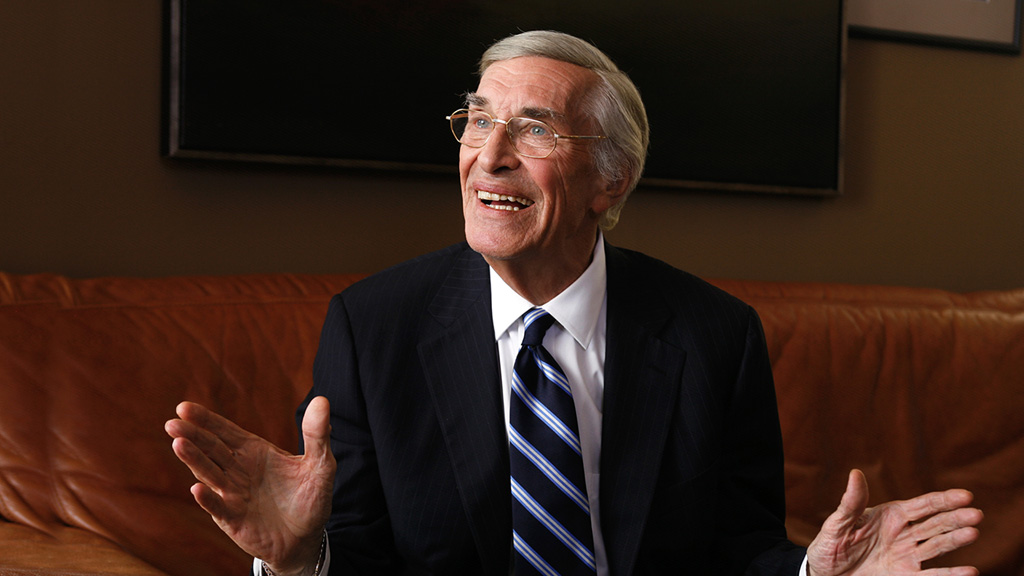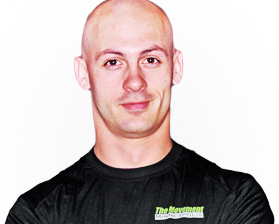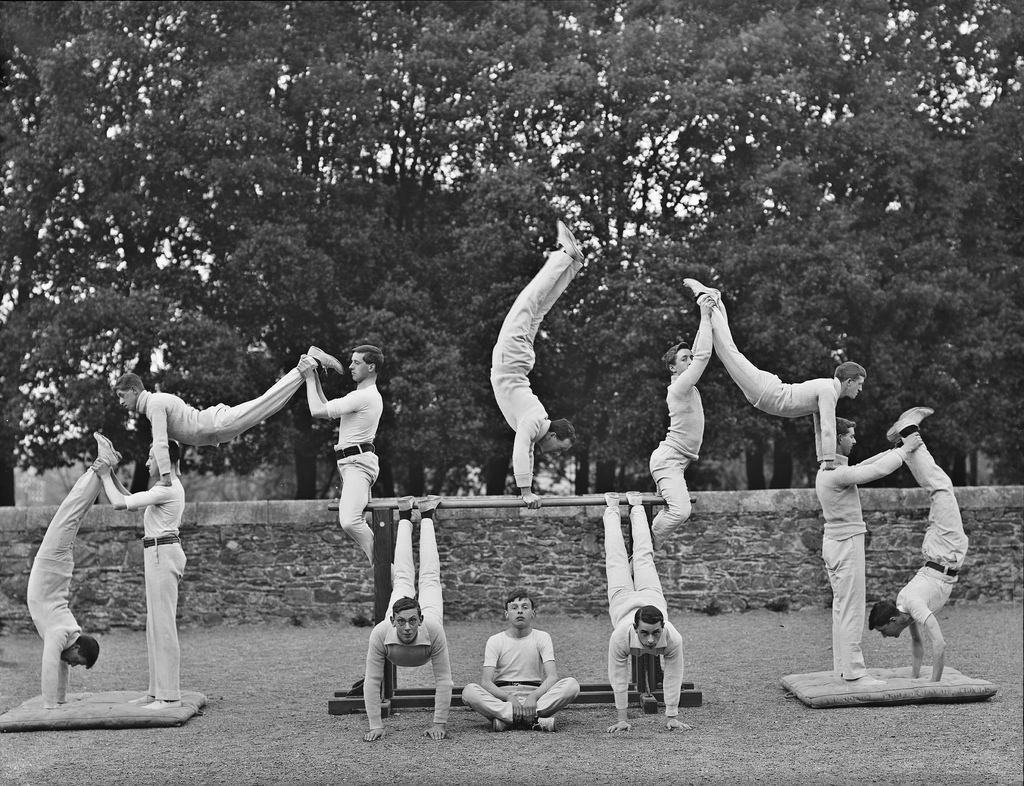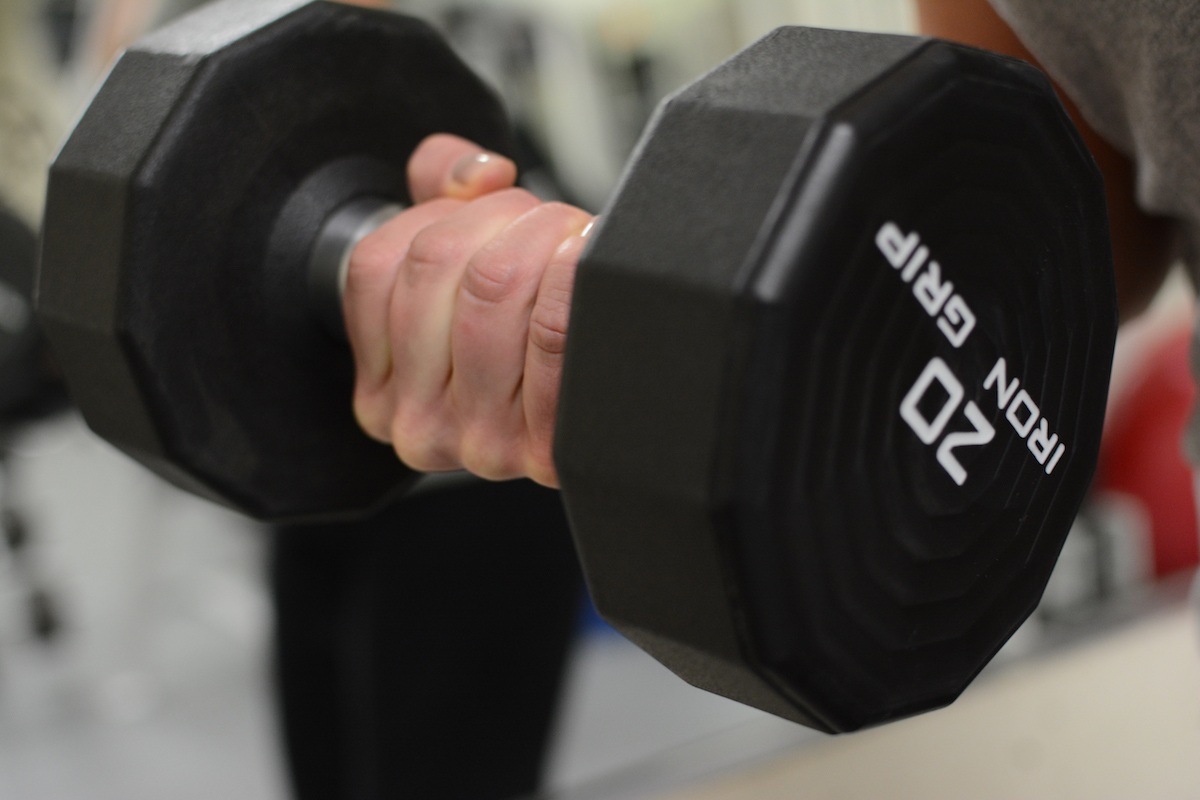
I used to love the show Entourage. If it came out today I probably wouldn’t give it a second watch, but it existed at the perfect time when I could perfectly relate to young Vincent Chase who was doing very well in his mid-twenties and bringing all his close friends along for the ride. Anyway there was one character played by Martin Landau who would always say “What if I told you (insert exaggerated promise), is that something you might be interested in?” To this day I think of it every time I’m explaining or proposing something that’s a “good deal” and it makes me laugh.
For example:
So what if I told you that you could, for a relatively small but set fee, gain the right to purchase a house at a pre-determined price. You could then, for example, wait until the price of the house goes up, exercise your right to purchase the house, and then sell it immediately for a profit. If the price of the house goes down you would only lose your initial fee.
Is that something you’d be interested in?
What I’ve described is the essence of an option.
The right, but not the obligation, to buy or sell (or utilize, which is going to make more sense in our case) the underlying asset. In a more traditional but maybe slightly less tangible example to most people a stock option is the right to buy or sell a stock at a given price. Employees are often granted options as a form of compensation that allows them to buy their company’s stock at a price under market value, thus capturing the difference between their exercise price and the market value. If the stock goes down instead of up (or vise-versa for a sell option), you only lose the value of the option.
With options your “losses” are always fixed, but your gains can be unlimited. This is a crucial point.
What the shit does this have to do with me, you say?
I mentioned last week that options and leverage are two core concepts by which I live my life. Here is an example:
What if I told you that for the set investment of ~3 hours per week of training time (fixed loss) you could exercise your right to do nearly anything physical with your body without limitation (unlimited gain)?
Is that something you might be interested in?
I thought so. The spending of your time capital in set increments in advance gives you the ability and option in the future to exercise that right. You can hike, canoe, bike, move furniture, carry, or do any other number of things that you might not otherwise be able to do without having invested in that option.
I love options. I want all the options! Of course you can’t always have ALL the options, but to the greatest extent that I can I want to maximize my options because it maximizes my quality of life. As another example, I don’t know that Jen and I will ever own our primary residence again. After taking almost 2 years to sell our house in Minnesota when we had already decided to move, we felt very trapped. Owning your home can be very much an obligation without rights to options. Renting where you live gives you the right, but not the obligation to live there. You can pretty much pack up and leave any time. On the other hand, owning rental property of your own, flips the rights and obligations and gives you the right to rent to someone else OR you could just live in it yourself. You’ve got options.
Need another example? Sometimes I don’t know if people love or hate that my examples span domains and applications. There are whole nutrition ideologies out there that are predicated on the elimination of certain foods. Now I’m all for eliminating foods that objectively make you feel terrible. If you’ve done your experiments and empirically determined that flour tortillas make you feel like garbage then you should probably not eat flour tortillas. But if you’re just eliminating foods because of ideology then you are in a very real way limiting your options. I have heard countless stories of people with ideological (or even simply lack of variety due to habits and laziness) dietary limitations having vacations ruined because they couldn’t handle an unexpected food change.
So what I want you to start thinking about is what options you are creating for yourself. Where are you limiting your options? Where could you create an option? What would you have to spend to make a new option? What might you be willing to give up or trade for unlimited benefit?



